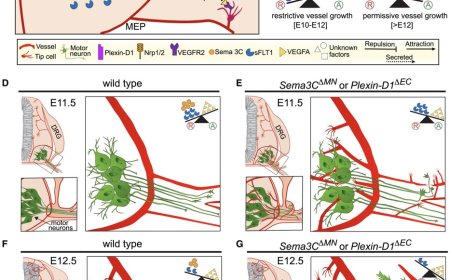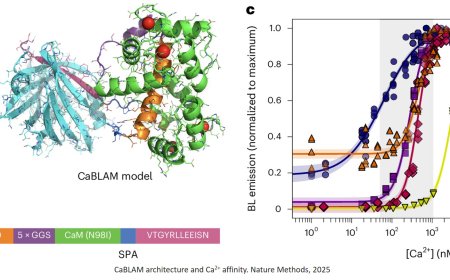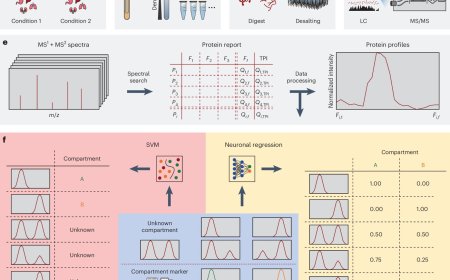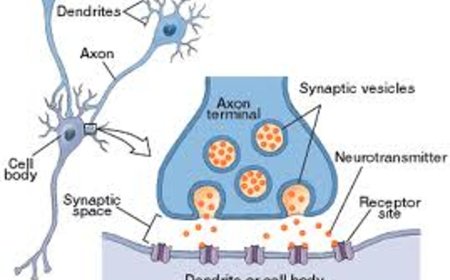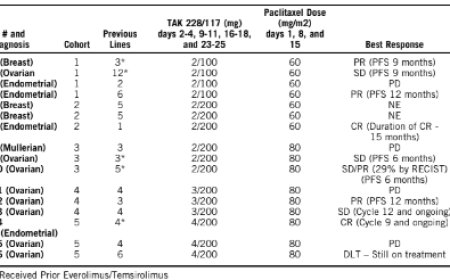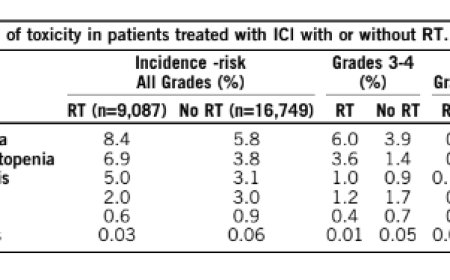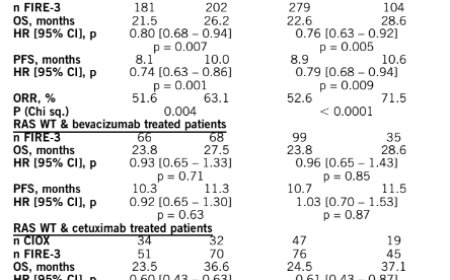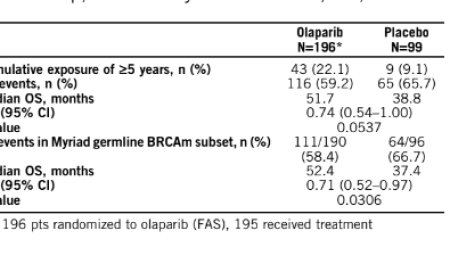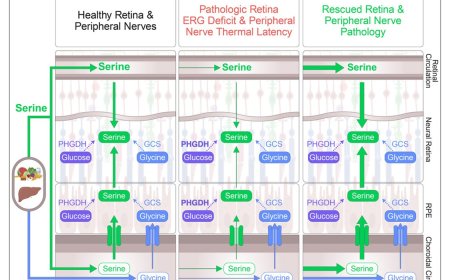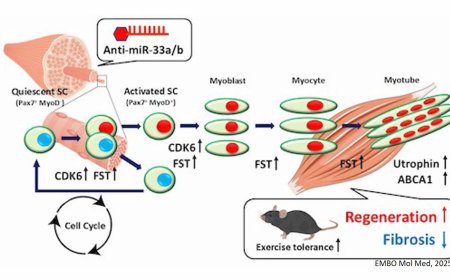Residue interaction networks to decode protein structures
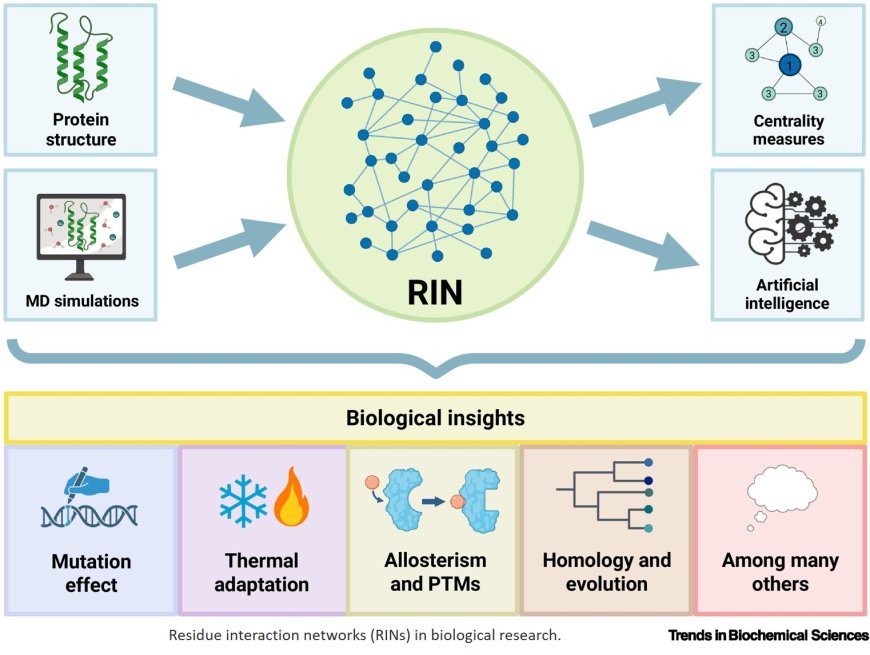
Residue interaction networks (RINs) are useful to simplify and rationalize structural information in an intuitive way that preserves the most relevant structural features.
RINs can be combined with other commonly used structural biology methods, including molecular dynamics simulations and artificial intelligence frameworks.
RINs can capture protein diversity at different timescales, from conformational changes to long-term evolutionary divergence.
RINs can be widely used to study protein behavior, including studies of protein stability, function, and interactions with nucleic acids, small molecules, and other proteins.
https://www.cell.com/trends/biochemical-sciences/fulltext/S0968-0004(25)00195-1
